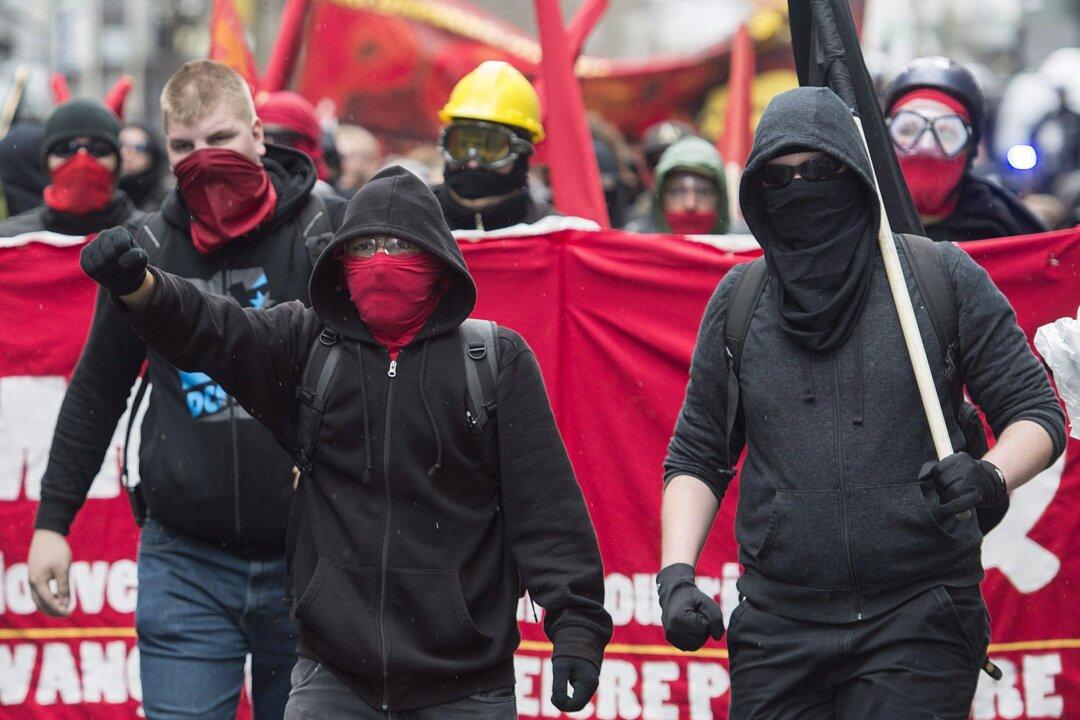News Analysis
The city of Montreal recently decided to scrap a bylaw that banned wearing masks at protests. Known as P-6, the bylaw was put in place about 50 years ago in an effort to better contain growing public disorder.

The city of Montreal recently decided to scrap a bylaw that banned wearing masks at protests. Known as P-6, the bylaw was put in place about 50 years ago in an effort to better contain growing public disorder.